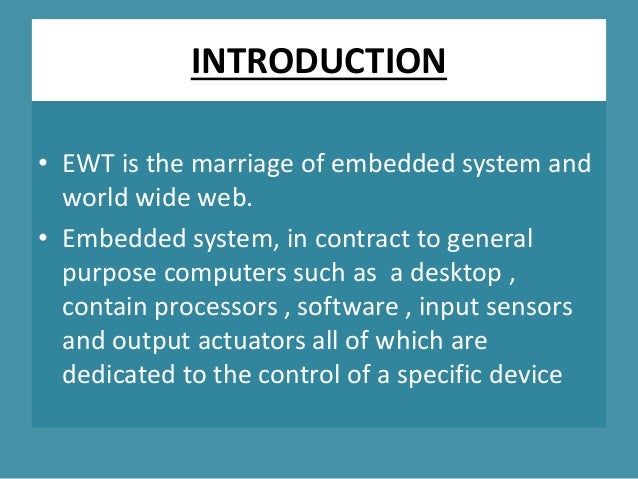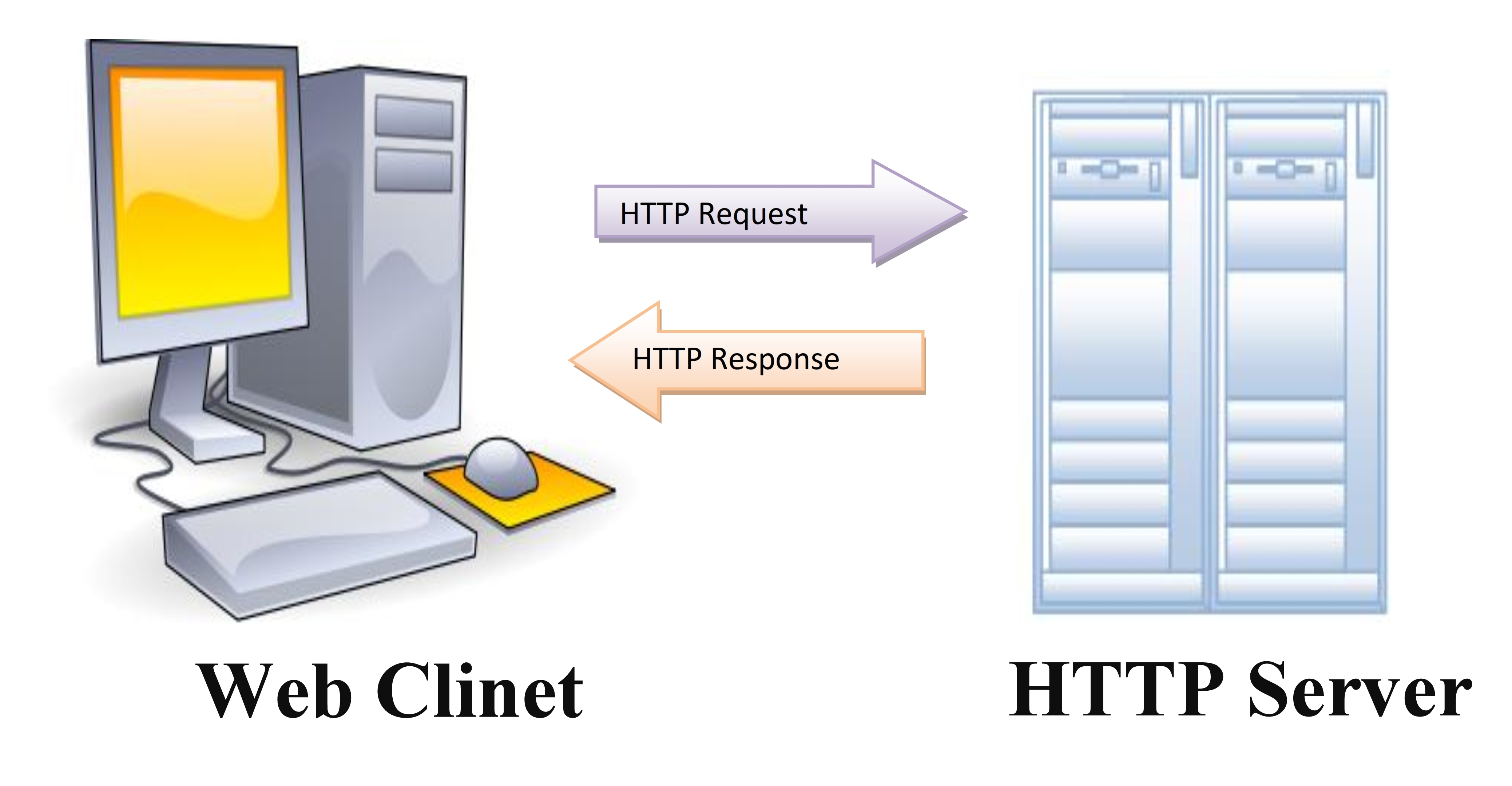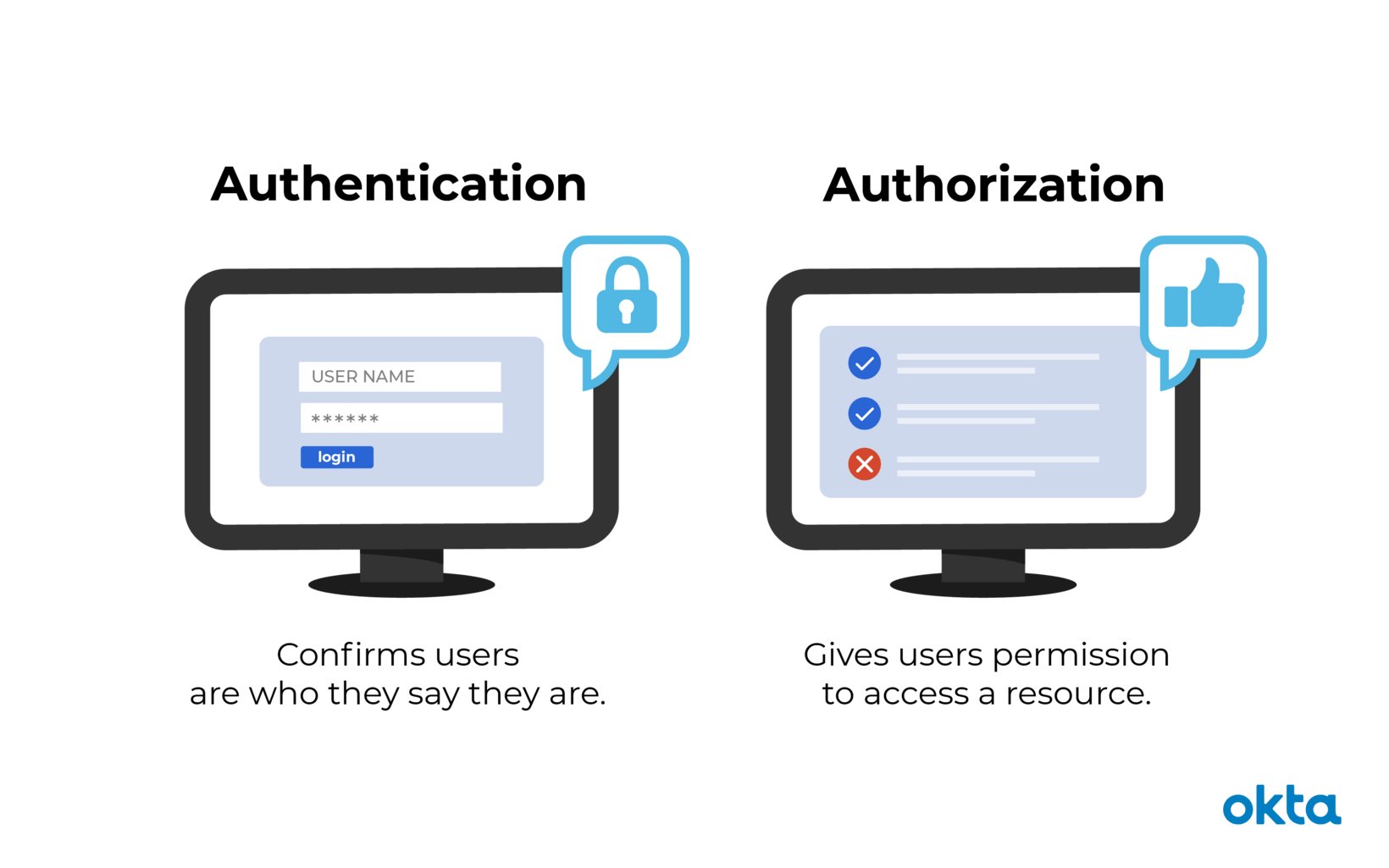Embedded Web Technology Presentation
| Introduction to Embedded Web Technology | ||
|---|---|---|
| Embedded web technology refers to the integration of web-based functionalities into embedded systems. It allows devices to connect to the internet, enabling remote access, control, and data communication. Examples include smart home devices, industrial automation systems, and IoT devices. | ||
| 1 | ||
| Benefits of Embedded Web Technology | ||
|---|---|---|
| Enhanced connectivity: Embedded web technology enables devices to connect and communicate with other devices and systems over the internet. Remote access and control: Users can remotely access and control embedded systems, enhancing convenience and efficiency. Data collection and analysis: Embedded web technology enables the collection of real-time data, which can be analyzed for insights and optimization. | ||
| 2 | ||
| Key Components of Embedded Web Technology | ||
|---|---|---|
| Embedded hardware: The physical components of the embedded system that enable connectivity and communication. Embedded software: The programming and protocols that enable web-based functionalities. Web server: A server that hosts the web-based interface for remote access and control. | ||
| 3 | ||
| Protocols Used in Embedded Web Technology | ||
|---|---|---|
| HTTP (Hypertext Transfer Protocol): The protocol used for communication between web clients and servers. MQTT (Message Queuing Telemetry Transport): A lightweight protocol commonly used in IoT for efficient data transfer. CoAP (Constrained Application Protocol): A protocol designed for resource-constrained devices and networks. | ||
| 4 | ||
| Security Considerations in Embedded Web Technology | ||
|---|---|---|
| Authentication and Authorization: Ensuring only authorized users can access and control embedded systems. Encryption: Securing data transmission to prevent unauthorized access or tampering. Secure coding practices: Following best practices to develop secure embedded web applications. | ||
| 5 | ||
| Challenges in Embedded Web Technology | ||
|---|---|---|
| Limited resources: Embedded systems often have limited processing power, memory, and storage capacity. Compatibility: Ensuring compatibility between different devices, protocols, and platforms. Security vulnerabilities: The connectivity of embedded systems introduces potential security risks that need to be addressed. | ||
| 6 | ||
| Real-world Applications of Embedded Web Technology | ||
|---|---|---|
| Smart home automation: Controlling home appliances, security systems, and energy management remotely. Industrial automation: Monitoring and controlling machinery, optimizing production processes, and remote maintenance. IoT devices: Connecting various devices, such as wearables, smart sensors, and environmental monitoring systems. | ||
| 7 | ||
| Future Trends in Embedded Web Technology | ||
|---|---|---|
| Edge computing: Processing data closer to the source, reducing latency and bandwidth requirements. Artificial Intelligence: Embedding AI capabilities to enable intelligent decision-making in real-time. 5G connectivity: Faster and more reliable internet connectivity, enabling more advanced embedded web applications. | ||
| 8 | ||
| Case Study: Embedded Web Technology in Smart Homes | ||
|---|---|---|
| Smart thermostats allow users to control their home's temperature remotely, leading to energy savings. Smart security systems enable remote monitoring and control of cameras, alarms, and access control. Home automation hubs integrate various devices, allowing centralized control and automation. | ||
| 9 | ||
| Conclusion | ||
|---|---|---|
| Embedded web technology enables connectivity, remote access, and data communication in embedded systems. It has numerous applications in smart homes, industrial automation, and IoT devices. As technology advances, embedded web technology will play a crucial role in shaping the future of connected systems. | ||
| 10 | ||
| References (download PPTX file for details) | ||
|---|---|---|
| Smith, J. (2020). Embedded Web Technology: A ... Johnson, S. (2018). Embedded Systems and the ... Patel, R., & Gupta, A. (2019). Embedded Web T... |  | |
| 11 | ||









